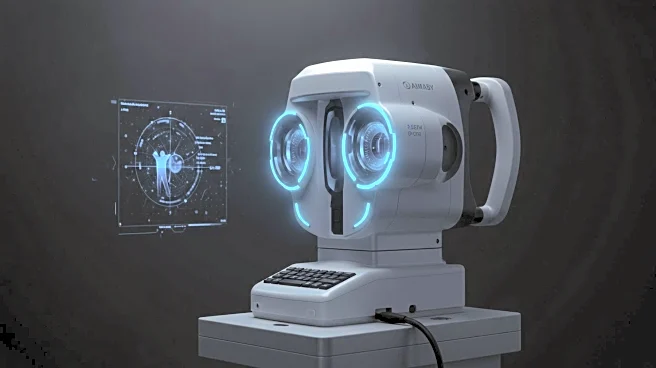Rapid Read • 7 min read
A recent study published in Nature introduces a novel approach to diabetic retinopathy classification using a multi-attention residual refinement architecture. The research focuses on enhancing the detection of small lesions in medical images by employing a class-specific residual attention module and a multi-attention mechanism. The study aims to improve the receptive field and information flow within the model by utilizing a Space-to-depth layer and redesigning the residual block. This approach allows for more precise and interpretable classification decisions, addressing the challenge of identifying discriminative regions in medical images.
AD
Diabetic retinopathy is a leading cause of blindness among adults, making accurate detection and classification crucial for effective treatment. The development of advanced models like the multi-attention residual refinement architecture can significantly enhance the ability to detect and classify lesions, potentially leading to earlier diagnosis and better patient outcomes. By improving the representation capability and computational efficiency, this model could be integrated into clinical practice, offering a more reliable tool for healthcare professionals in managing diabetic retinopathy.
The study suggests further refinement and testing of the model to ensure its applicability in real-world clinical settings. Researchers may focus on expanding the model's capabilities to other types of medical image classification, potentially broadening its impact across various fields of healthcare. Collaboration with medical institutions could facilitate the integration of this technology into diagnostic processes, improving the accuracy and efficiency of medical imaging analysis.
The ethical implications of using advanced AI models in healthcare include ensuring patient data privacy and addressing potential biases in algorithmic decision-making. As AI becomes more prevalent in medical diagnostics, establishing guidelines and standards for its use will be essential to maintain trust and reliability in healthcare systems.
AD
More Stories You Might Enjoy










